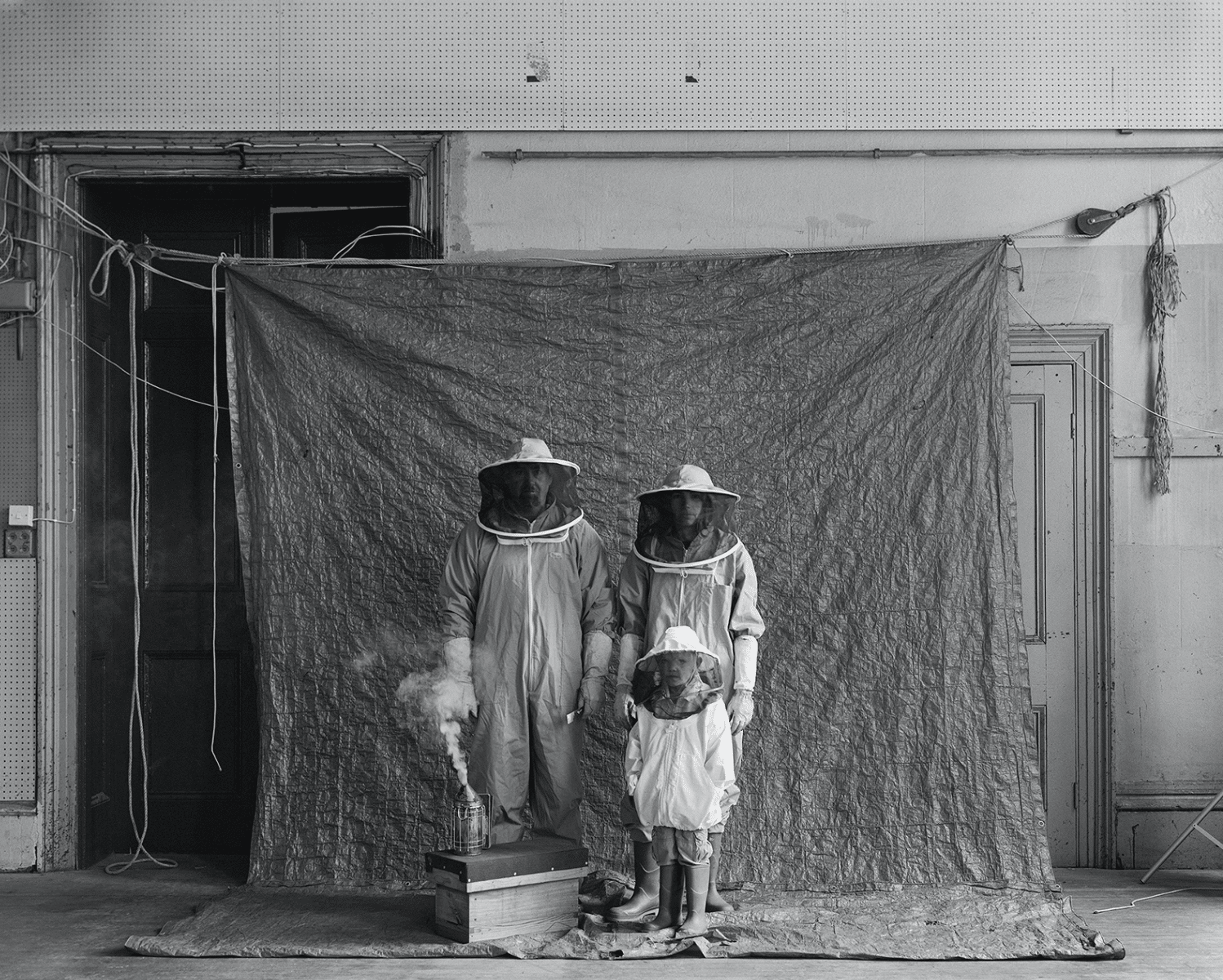“Recently the insulation of the citizen has become so total that it is becoming suffocating. He lives alone in a serviced limbo – hence his newly-awakened, but necessarily naive, interest in the countryside.”
So wrote John Berger in his reflection on rural life, Pig Earth, some 45 years ago. Since then, the ‘insulation’ he speaks of has significantly accelerated through technologies, and expanded into all but the remotest zones of the modern European countryside.
The idea of a ‘rural’ place evokes many contradictory ideas. The holiday destination of choice for the discerning urban tourist. The dream retirement location for those tired of the city pace. Maybe some think about farming, and the agricultural history that has shaped the lives and landscapes of much of the countryside. Fewer will think of deprivation, or conflict, and of communities struggling to evolve in the modern, ever-changing world.

The traditional image of village life “often conforms to populist notions of patriotism and nostalgia”, critic Val Williams suggests. As well as being open to mythologising and romanticising, aspects of the ‘rural’ are often prevalent within discourses of nationalist identities. While the notion of the rural idyll is widespread, attitudes to the countryside can often be overlaid with the symbolic and material evocation of a kind of mythic ‘homeland’.
While self-conscious promotions of the rustic dream are central within the heritage and tourist industries, at the same time rural life becomes increasingly difficult for many actually living there.
In 1975, Raymond Williams made clear that, “In English, ‘country’ is both a nation and a part of a ‘land’; ‘the country’ can be the whole society or its rural area.” As a result, rural identities, rituals and pursuits are actively evoked in any number of contexts. While self-conscious promotions of the rustic dream are central within the heritage and tourist industries, at the same time rural life becomes increasingly difficult for many actually living there.
There are, naturally enough, both similarities and differences in the way that differing European regions manifest this relationship between real and imagined traditions. However, in our experience, they tend to share similar trajectories in the complex social and cultural circumstances. Central to this is the fact that rural areas make up most of Europe, and around 50% of its population, yet those actively engaged in agriculture and other once central rural trades and occupations now make up less than 10% of the active workforce.
Rural areas make up most of Europe, and around 50% of its population, yet those actively engaged in agriculture and other once central rural trades and occupations now make up less than 10% of the active workforce.
There are other shared experiences too, including the use of the countryside for leisure or lifestyle pursuits; the limited opportunities for – and therefore shrinking percentage of – younger people; the rise of service economies as main employers; an increasingly ageing and dependent population; and social and political isolation.
As the geographer Menelaos Gkartzios wrote, “Progressive and parochial, co-dependent and proud, rural areas are part of a globalised world that is increasingly interested in them, but does not always aim to meet them on their own terms.” It is this complicated narrative that our Anthology of Rural Life project has tried to explore, through images of the people and places that form it.
About the project
We are Colin Robins and Oliver Udy, two photographers both with strong connections to Cornwall, and both having spent many years making work within the region’s countryside and with various communities within it. The photographic project the Anthology of Rural Life (ARL for short) began ten years ago, in the somewhat tired yet rather beautiful Market House in St Austell where we spent a week making portraits in an improvised studio.
Over the following decade, we’ve visited several regions of Europe with the aim of creating an archive of material that documents continuities and shifts in patterns of contemporary rural life.
What’s apparent from spending time in these locations, is that the people and places in the images represent aspects of a rural society where the economic, technological, social and cultural changes mean that traditional ways of life in the countryside are slowly evolving. And so the ARL project has developed over this time into a multi-faceted record of a shifting rural Europe.
. . . .
The images below are a selection from the various European regions and represent some of the key themes that are ever present in the work.
Click on each individual image to view at full size.
Bee Keeper & Family – Cornwall (opening portrait above)
An activity dating back 9,000 years, with little to no change in the approach. Contemporary bee keeping in Britain has diversified into a staple of the middle-class rural lifestyle. The bee keeper in the image works as a consultant for people wishing to set up their own hives.
Discover more from Cornwall, Italy, Finland and Poland at anthologyofrurallife.co.uk
See more of Oliver’s work, from collaborations with Vogue UK to publications from his own independent press, Antler Press: oliverudy.co.uk
Follow Oliver on Instagram @oliverudy